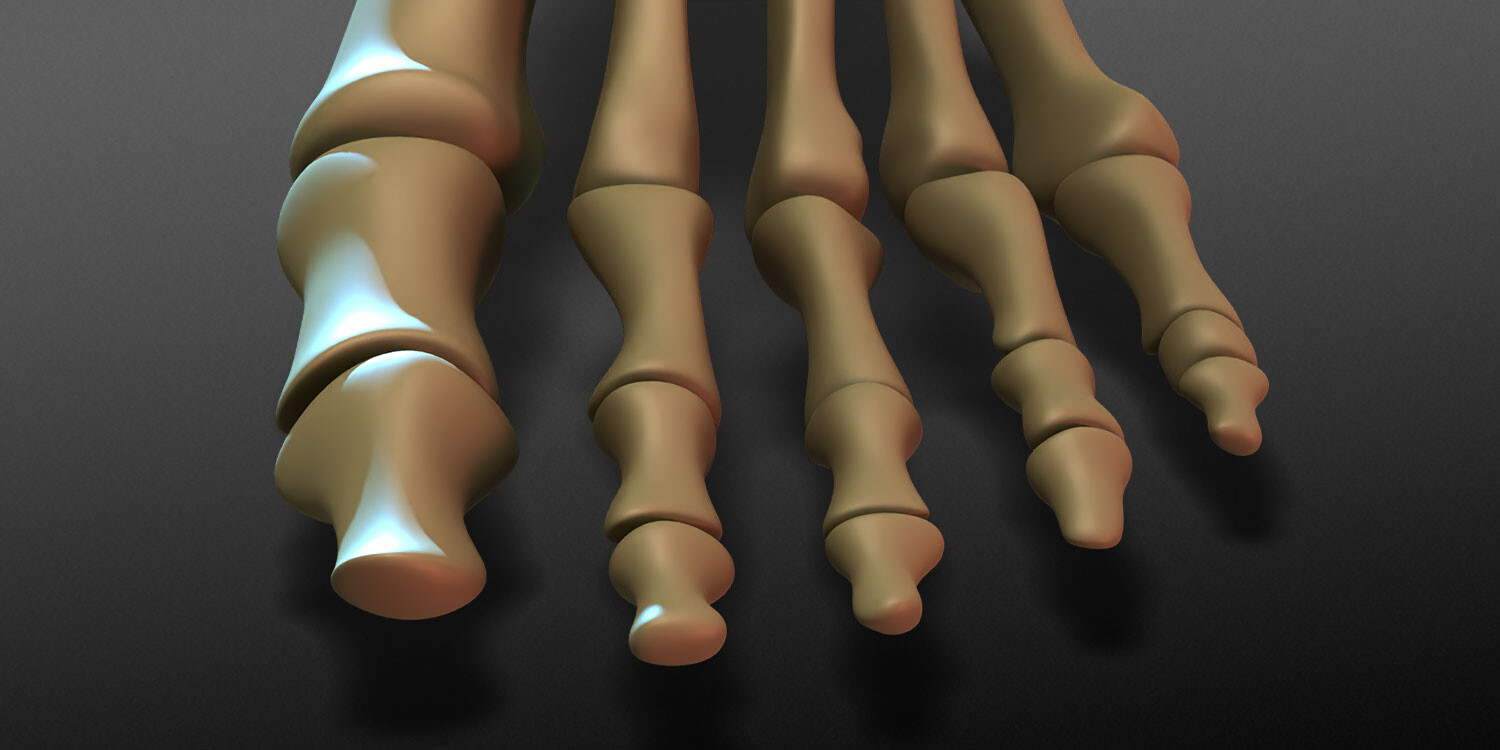
When it comes to the human body, every part plays a crucial role in its overall functionality. One such part that often goes unnoticed but is essential for our mobility and balance are the phalanges, or foot bones. These small, enigmatic bones make up our toes and provide support and stability when we walk, jump, or run.
In this article, we will delve into the fascinating world of foot bones and uncover 11 intriguing facts about the phalanges. From their intricate structure to their role in foot mechanics, you will gain a deeper understanding of the importance of these bones in our daily lives. So, let’s put our best foot forward and explore the enigma that is the phalanges!
Key Takeaways:
- Phalanges, the tiny bones in our feet and hands, help us walk, run, and maintain balance. They also enable us to perform delicate tasks and feel the world around us.
- These small but mighty bones have specialized joints, rich blood supply, and provide valuable insights into human evolution. They are essential for our everyday movements and have a fascinating role in our ancestry.
The phalanges are the smallest and most numerous bones in the human body.
With a total of 56 phalanges in the body (14 in each foot and hand), these bones provide crucial support and flexibility to our extremities.
Phalanges are classified into three categories: proximal, middle, and distal.
The proximal phalanges are closest to the metatarsal bones, the middle phalanges are located between the proximal and distal phalanges, and the distal phalanges are at the tips of the fingers or toes.
Phalanges are composed of compact bone with a spongy interior.
This unique structure helps to distribute forces evenly and absorb impact, allowing us to walk, run, and perform various activities without damaging the bones.
The phalanges play a crucial role in maintaining balance and stability.
These bones support the body’s weight and work in conjunction with other bones, ligaments, and muscles to provide balance, stability, and precision during movement.
The length and shape of phalanges vary among individuals.
Factors such as genetics, age, and lifestyle can influence the size and shape of phalanges, leading to variations in the overall appearance of hands and feet.
Phalanges have highly specialized joints called interphalangeal joints.
These joints allow for a wide range of motion, enabling activities such as grasping objects, playing musical instruments, and typing on a keyboard.
Phalanges are prone to fractures and dislocations.
Due to their small size and constant use, the phalanges are vulnerable to injuries, especially during accidents, sports activities, or repetitive motion.
Several muscles, tendons, and ligaments attach to the phalanges.
These structures facilitate movement, provide stability, and allow for coordinated actions, such as flexing, extending, and gripping.
The phalanges have a rich blood supply.
Blood vessels deliver essential nutrients and oxygen to the phalanges, promoting their growth, repair, and overall health.
The phalanges are essential for tactile sensation and fine motor skills.
Thanks to the numerous nerve endings present in our fingertips and toes, the phalanges play a key role in our sense of touch and in performing delicate tasks that require dexterity.
The study of phalanges can provide valuable insights into human evolution and ancestry.
By examining the morphology and characteristics of phalanges, anthropologists can trace the lineage, migration patterns, and adaptations of our ancestors.
Conclusion
In conclusion, the phalanges, or foot bones, are a fascinating and enigmatic part of the human anatomy. These small bones play a crucial role in our overall mobility and provide support and stability while walking, running, and performing various activities. Understanding the intricacies of the phalanges can deepen our appreciation for the complexity and functionality of the human body.
From their unique structure to their important role in balance and movement, the phalanges are an essential component of our musculoskeletal system. Learning about these foot bones can help us improve our understanding of foot health, prevent injuries, and appreciate the incredible design of our bodies.
Exploring these 11 enigmatic facts about phalanges shines a spotlight on the incredible functionality and complexity of these small yet vital bones.
FAQs
1. How many phalanges are there in each foot?
Each foot has a total of 14 phalanges, with three in each toe except for the big toe, which has two.
2. What is the function of the phalanges?
The main function of the phalanges is to provide support and form the framework of the toes, enabling us to walk, run, and maintain balance.
3. Can phalanges be fractured?
Yes, phalanges can be fractured due to various reasons, such as trauma from accidents or repetitive stress injuries. Fractures may require medical attention and proper treatment for healing.
4. Are the phalanges involved in any medical conditions?
Yes, certain medical conditions such as bunions, hammertoes, and arthritis can affect the phalanges and cause pain, deformities, or restricted movement.
5. Can the length of the phalanges vary among individuals?
Yes, the length of the phalanges can vary among individuals, just like other body parts. Factors such as genetics and lifestyle may influence this variation.
Was this page helpful?
Our commitment to delivering trustworthy and engaging content is at the heart of what we do. Each fact on our site is contributed by real users like you, bringing a wealth of diverse insights and information. To ensure the highest standards of accuracy and reliability, our dedicated editors meticulously review each submission. This process guarantees that the facts we share are not only fascinating but also credible. Trust in our commitment to quality and authenticity as you explore and learn with us.
